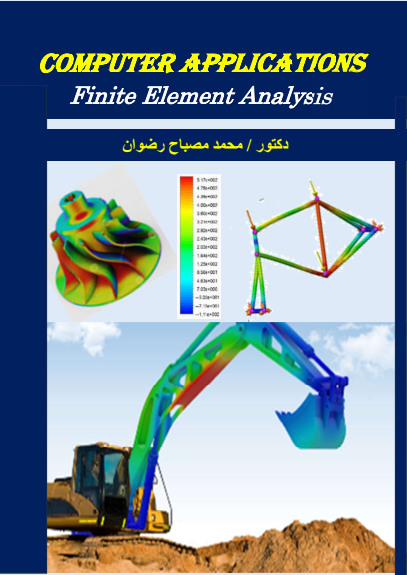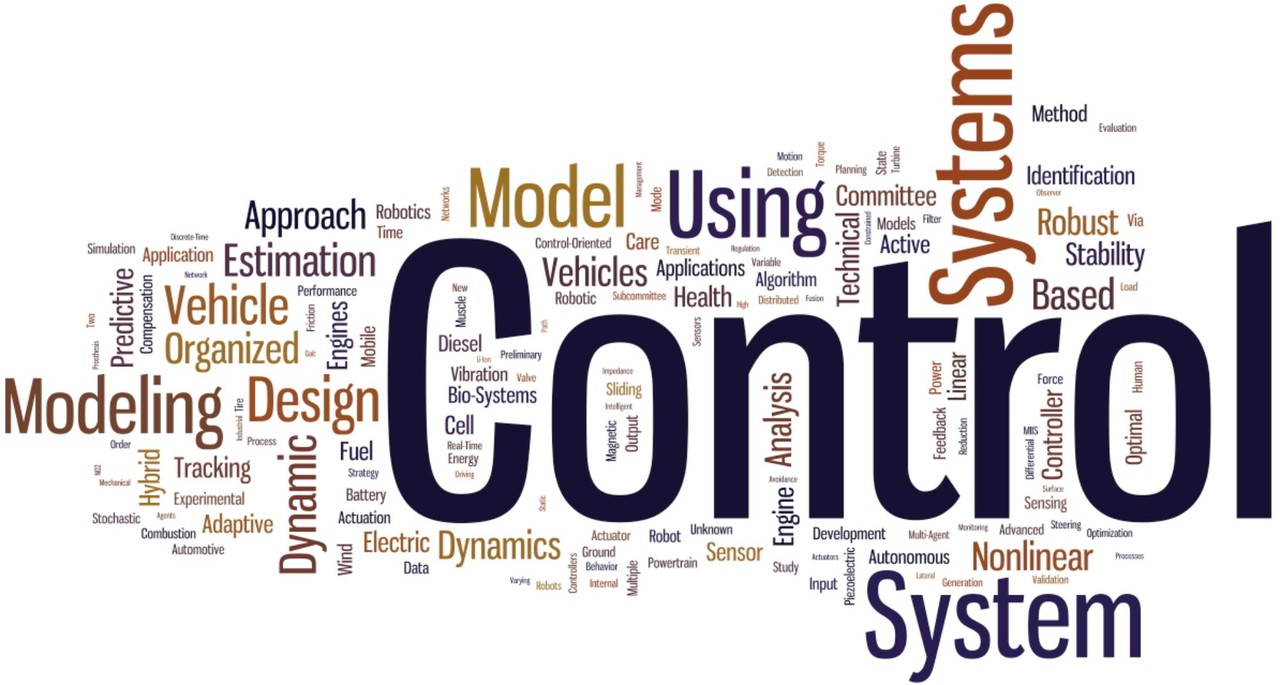
Engineering management is the application of management practices to the field of engineering. It combines the problem-solving abilities of engineering with the organizational, administrative, staff, and planning skills of management to oversee complex engineering projects and enterprises.
Engineering managers bridge the gap between business and engineering, acting as liaisons between technical teams and business departments to aid decision-making processes. Their primary goal is to align workflows and help organization members work together toward common goals, requiring strong knowledge of both technical disciplines and workplace skills such as collaboration.
Engineering managers bridge the gap between business and engineering, acting as liaisons between technical teams and business departments to aid decision-making processes. Their primary goal is to align workflows and help organization members work together toward common goals, requiring strong knowledge of both technical disciplines and workplace skills such as collaboration.
- Teacher: Dr. Elamin Abdelgalil Mahmoud

Computer is applied in different fields of mechanical engineering such as design, manufacturing, thermo-fluids, experimental data modeling & simulation , smart administration . The derived formulae of some fields such as material strength- heat transfer- fluid- vibrations are differential equations or partial differential equations. It is difficult to solve differential equation for complicated bodies or systems with various properties. Finite Elements is a numerical method developed to solve complicated differential equation. Its idea is dividing the body or the system into finite number of simple units called elements and then solving the equation for each element numerically. The overall numerical equation is the summation of individual numerical equations of the elements, usually in Matrix form. The overall equation is solved after applying the boundary conditions
OBJECTIVE
In this course, only finite element for structural (strength of materials) is studied. The purpose of this analysis is to study the stresses and strains in the critical area in the body or the system so as to avoid failure. The objective of the course is to enable the students to be acquainted with:
1. The general application of computer in mechanical engineering and the related software
2. Finite element method for
a) 1D (springs, bars, trusses and beams)
b) 2D plates
c) 3D bodies
3. Solving finite element problems using MATLAB
4. Simulation and optimization of models using Solidworks simulations
EVALUATION
1. Final exam 60%
2. Computer Lab & Homework 40%
OBJECTIVE
In this course, only finite element for structural (strength of materials) is studied. The purpose of this analysis is to study the stresses and strains in the critical area in the body or the system so as to avoid failure. The objective of the course is to enable the students to be acquainted with:
1. The general application of computer in mechanical engineering and the related software
2. Finite element method for
a) 1D (springs, bars, trusses and beams)
b) 2D plates
c) 3D bodies
3. Solving finite element problems using MATLAB
4. Simulation and optimization of models using Solidworks simulations
EVALUATION
1. Final exam 60%
2. Computer Lab & Homework 40%
- Teacher: Dr. Mohammed Misbah

Linear feedback control theory, mathematical modelling of physical systems, transfer functions, block diagrams and signal flow graph, time domain analysis of control systems, test signals, transient response, time domain specifications, steady-state error and stability, root locus techniques, time domain design, PID controllers, phaselead and phase-lag controllers, introduction and frequency domain analysis, Nyquist criterion, bode plots and Nicholas charts.
- Teacher: Dr. Karameldeen Omer
- Teacher: Dr. Ali Elseory